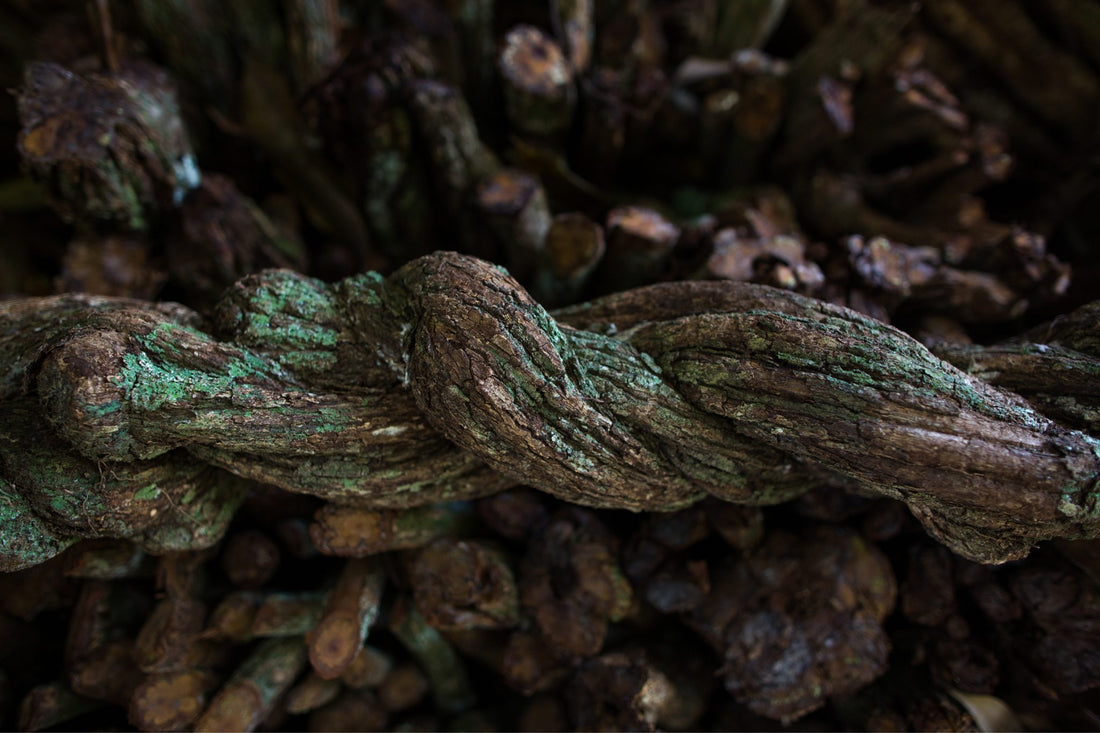
What is Ayahuasca (banisteriopsis caapi)?
Share
The Banisteriopsis caapi vine, Ayahuasca, has been known as a “plant teacher” for over 1000 years. Traditionally used as a medicinal remedy, Banisteriopsis caapi has a rich history among the indigenous peoples of the Amazon rainforest and is generally known by them as jagube, caapi or yagé. Ayahuasca literally means "vine of the soul" because it can help to open up intuitive abilities, improve neurological health, and support one to better navigate the challenges of life. Many tribes regard Banisteriopsis caapi as a plant of the Gods. Known most commonly for its healing power, this vine is richly steeped in cultural mythology and tradition. Although it is revered internationally it is still considered to be a very mysterious plant, arguably one of the most fascinating and culturally rich plants on earth. Ayahuasca refers both to the vine itself and the psychoactive brew for which it is an ingredient. Over a hundred other plant species are known to have been added to the brew by different shamans, but banisteriopsis caapi seems to be a staple in their healing art. Banisteriopsis caapi is made up of beta-carboline alkaloids (harmine, harmaline, and tetrahydroharmine) with MAOI (monoamine oxidase inhibitors) type properties. These beta-carbolines are known to stimulate neurogenesis, enhance brain function, and support emotional and spiritual trauma. Banisteriopsis caapi is also rich in antioxidants, proanthocyanidins, epicatechin and procyanidin B2. By consistently microdosing, the Ayahuasca vine will slowly increase serotonin levels over time fostering a sense of well being.
